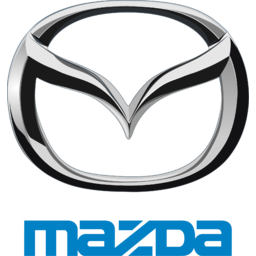
P/E ratio for Mazda (7261.T)
P/E ratio as of April 2024 (TTM): 5.73
According to Mazda's latest financial reports and stock price the company's current price-to-earnings ratio (TTM) is 5.73339. At the end of 2022 the company had a P/E ratio of 4.07.
P/E ratio history for Mazda from 2009 to 2023
PE ratio at the end of each year
| Year | P/E ratio | Change |
|---|---|---|
| 2022 | 4.07 | -44.55% |
| 2021 | 7.33 | -265.69% |
| 2020 | -4.42 | -145.06% |
| 2019 | 9.82 | -11.88% |
| 2018 | 11.1 | 20.75% |
| 2017 | 9.23 | -26.62% |
| 2016 | 12.6 | 25.67% |
| 2015 | 10.0 | 8.48% |
| 2014 | 9.22 | -38.74% |
| 2013 | 15.1 | 25.47% |
| 2012 | 12.0 | -976% |
| 2011 | -1.37 | -104.23% |
| 2010 | 32.4 | -1459.06% |
| 2009 | -2.38 |
How to read a P/E ratio?
The Price/Earnings ratio measures the relationship between a company's stock price and its earnings per share. A low but positive P/E ratio stands for a company that is generating high earnings compared to its current valuation and might be undervalued. A company with a high negative (near 0) P/E ratio stands for a company that is generating heavy losses compared to its current valuation.
Companies with a P/E ratio over 30 or a negative one are generaly seen as "growth stocks" meaning that investors typically expect the company to grow or to become profitable in the future.
Companies with a positive P/E ratio bellow 10 are generally seen as "value stocks" meaning that the company is already very profitable and unlikely to strong growth in the future.